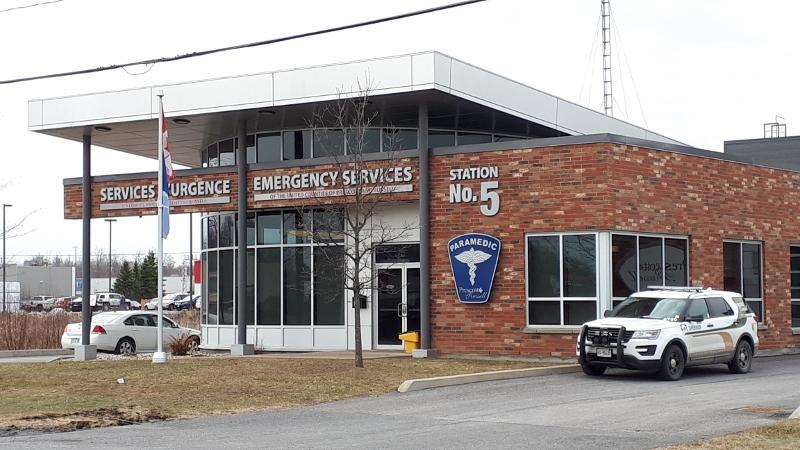The Ontario government is considering changes to how land ambulance paramedic services are delivered across the province and that has existing providers surprised and unsure about the future.
Although no official announcement has been made, the 52 municipal paramedic services could be reduced to 10 regional agencies and the 22 dispatch centres could be reduced to 10.
“We’re totally surprised,” said Michel Chrétien, Director of Emergency Services for the United Counties of Prescott and Russell (UCPR).
He said a report several years ago did recommend reducing dispatch centres to an undetermined number in order to improve efficiency and streamline technology, but nothing was official.
Chrétien is most concerned about how patient care could be affected. He said the UCPR has invested “millions” of dollars to improve it since responsibility for ambulances was transferred to regional governments from the Ministry of Health back in 2001.
He is also concerned that if there is a new regional system, there could be more ambulance vehicles in urban areas within a territory and the rural areas and small towns will be under-serviced.
Chrétien also questioned how the province will save money by reducing the number of providers when 80 to 85 per cent of current costs already go to salaries and the province has said that there will be no reductions in the number of employees.
“They’ve been very vague,” Chrétien said about details from the government about its plans.
He wants them to reconsider reducing the number of paramedic services.
“Blindsided” was how Chief Bill Lister of Cornwall-Stormont-Dundas & Glengarry Paramedic Services described finding out about the possible changes.
Lister said most of the information has come out in Question Period in the legislature, and not through any other announcements.
He noted that no timeline or geographical boundaries for the new providers have been announced.
Ambulances would still have to respond to calls in areas under the jurisdiction of other providers, explained Lister. He said the reason for that is that provincial regulations require the closest ambulance to respond to a call.


